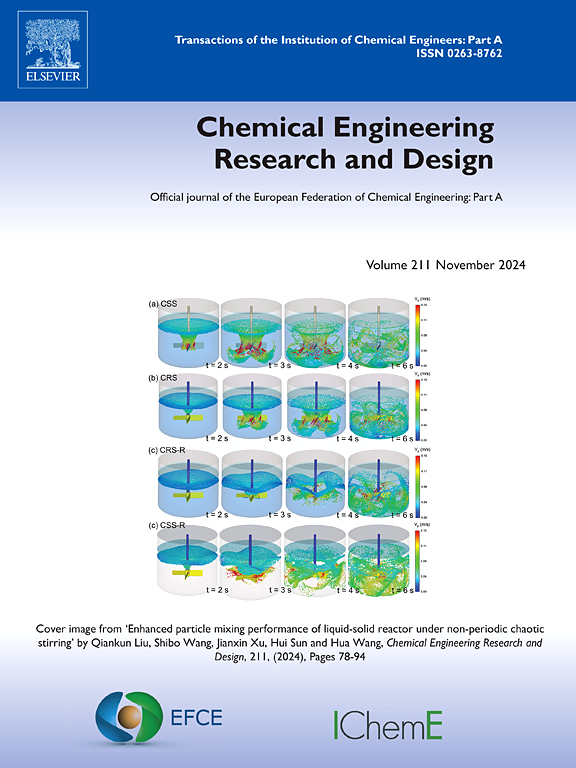Hydrometallurgy recycling of heavy metals from electroplating sludge: Recent development and challenge
IF 3.7
3区 工程技术
Q2 ENGINEERING, CHEMICAL
引用次数: 0
Abstract
Electroplating sludge contains various heavy metals along with impurities such as iron, aluminum, silicon, and calcium. The hydrometallurgical route offers significant advantages for recovering high-purity heavy metal products from sludge, including sponge, salt, and oxyhydroxides. This paper reviews classical hydrometallurgical processes, such as selective leaching, thermochemical extraction, precipitation, and crystallization. Given the co-dissolution of heavy metals and impurities in acidic or alkaline solutions, the efficient separation of impurities is emphasized to simplify these often complex hydrometallurgical processes. Additionally, this review explores the chemical transformation and separation of impurities into byproducts such as gypsum, anorthite, hematite, giniite, boehmite, and natroalunite. Ultimately, this review provides a theoretical foundation for the effective treatment and resource recovery of industrial electroplating sludge.
求助全文
约1分钟内获得全文
求助全文
来源期刊

Chemical Engineering Research & Design
工程技术-工程:化工
CiteScore
6.10
自引率
7.70%
发文量
623
审稿时长
42 days
期刊介绍:
ChERD aims to be the principal international journal for publication of high quality, original papers in chemical engineering.
Papers showing how research results can be used in chemical engineering design, and accounts of experimental or theoretical research work bringing new perspectives to established principles, highlighting unsolved problems or indicating directions for future research, are particularly welcome. Contributions that deal with new developments in plant or processes and that can be given quantitative expression are encouraged. The journal is especially interested in papers that extend the boundaries of traditional chemical engineering.
 求助内容:
求助内容: 应助结果提醒方式:
应助结果提醒方式:


